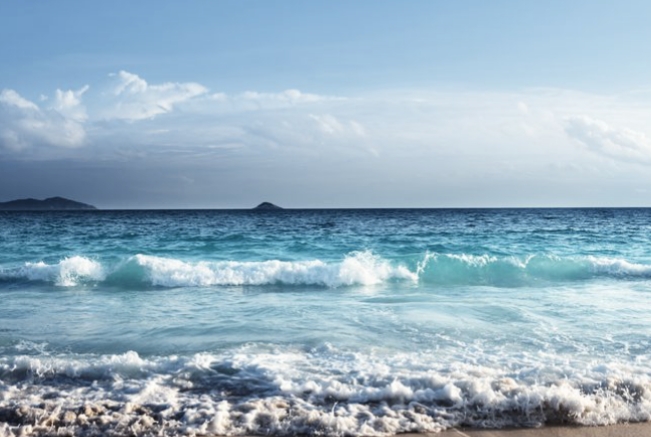Table of Contents
Tides Definition
Tides are rise and fall of sea levels due to gravitational attraction between earth and moon. Due occur due to movement of sun and earth in an orbital.

We are convinced that the ocean waters will routinely rise and fall along our coastlines as the sun rises in the east and the stars appear at night.
Description
Tides are extremely long-period waves that travel across the water as a result of the moon’s and the sun’s gravitational pull. The rise and fall of the sea’s surface on a regular basis is what tides, which originate in the ocean, appear as as they move toward the coastlines.
High tide is when the wave’s highest portion, or crest, reaches a specific area; low tide is when the wave’s lowest portion, or trough, reaches that location. The term “tidal range” refers to the height difference between high tide and low tide.
Causes of Tides
The moon is the primary cause of high and low tides. The tidal force is produced by the moon’s gravitational force. Earth and its water protrude outward on both the side that is closest to and farthest from the moon as a result of the tidal force. These watery peaks are high tides.
Summing Up
We can better comprehend how tides function if we are aware of the gravitational pull of the Sun and Moon. The mass of these bodies and their separation from one another determine the gravitational force between them. that in comparison to the Moon, the Sun is located far farther from Earth.
The gravitational pull of the Earth is therefore less powerful than that of the moon. The moon therefore controls the size of the tide. Contrary to popular belief, the gravitational pull has an impact on both land and water. Both land and sea bodies are impacted by gravitational force. Since the relative pull of the ground is weaker than that of water, the effect of gravity on water bodies is larger.
